We train dogs for a variety of reasons: to reduce unwanted behaviour, increase desired behaviour, for their welfare, to improve public safety and of course for pure, unadulterated fun. Owners who are training for fun without clear goals might be slow to reach them (or even -gasp- never reach them!), but this is no big deal if aversive stimuli are not in play.
Professional dog trainers, however, have a greater responsibility to train in ways that are both non-damaging to the dog and also efficient. Clients pay us to achieve outcomes. Gross inefficiencies in training can drive clients to punitive trainers who will get some kind of a job done. It is therefore wise, humane, and business-savvy to focus on efficiency. This blog, the first in a series on efficiency, deals with the important topic of decision-making.
Dog Trainers and Brain Fatigue
Dog training is a profession which draws rather intensely on the brain’s resources – the trainer’s brain, that is! Trainers must navigate awkward social situations while side-stepping their client’s mythologies and bizarre internet-borne training advice. We must prioritize behavioural issues in a way that answers to the client’s needs, maintains or increases the dog’s welfare, and protects the public. We must categorize problems into a few columns on the page: train? manage? ignore? We must figure out how much of the training should be delegated to the client.
Finally, and in no small feat, we must identify a “terminal behaviour” for all training. To change a dog’s behaviour, a trainer writes a plan, which is a series of criteria steps that lead to a final, or “terminal”, behaviour. (If classical counterconditioning or operant counterconditioning/DRI is the appropriate technique, the “terminal” will be or include a positive emotional state.) Every trainer needs to move from early, achievable-right-now criteria steps to the more difficult – and often real-life – steps. Moving between steps takes decisions on the part of the trainer: when to make it harder, when to stay at the current level, and when a backwards step is needed.
What is Decision Fatigue?
Decision fatigue refers to “the notion that making choices can be effortful and can therefore deplete [mental] resources.”1 Some interesting research has found that our ability to make good decisions (or even just any decision) declines if we have to make a lot of choices in a short time. A rest and a snack allow for our decision-making prowess to rebound, indicating a physiological basis.
With the prioritizing, categorizing, figuring, and identifying that are standard parts of our work, our brains are already shouldering a heavy load: choices, choices, choices. By the time we start to actually work on a dog, we are at elevated risk of decision fatigue. We might push a few steps ahead when the dog isn’t ready, and feel flustered when we have to drop back multiple times. We assume our instincts serve us well, when they likely don’t – how many of our clients have motivated, drivey, herding breeds, after all? We might stay on a step for an inordinate amount of time when the dog is ready for something harder. These training errors have a cost: they’re inefficient. The job just ain’t getting done.
Best Practices for the Win
All is not lost, however. The best training methods have a fantastic over-ride: they simply punt decision-making to empirical rules. They automate. It’s a sub-routine, not a conscious consideration of alternatives. They make moving through a training plan a habit, freeing mental resources for other things… like chatting with your client about enrichment. Gabbing about anti-pull gear. Driving home safely.
At the Academy, our practitioners are trained to count correct and incorrect responses in a set. If the dog gets enough right – usually at least four correct responses out of a set of five – the trainer moves smoothly on to the next step. If the dog misses enough, the trainer simply drops back. And if the dog is in-between, there’s an answer for that too: another set, counted out of habit, of the same step.
Our human and canine clients deserve the speediest resolution we can offer. Automation of criteria change decisions is a boon to efficiency and can help a trainer meet, and exceed, their client’s expectations. It reduces human fatigue and by basing the choice of when to change criteria on an objective sampling of the responses in a set, it helps a training session stay fun, challenging, and engaging for the dogs, too.
Take your training to the next level. Avoid taxing decisions like “is my client’s dog proficient enough to move to the next step?” Let the dog’s performance tell you – it’s as easy as 1, 2, 3.
Cover photo: © Monkey Business 2/Shotshop.com
Second photo: © DGLimages/istockphoto.com











